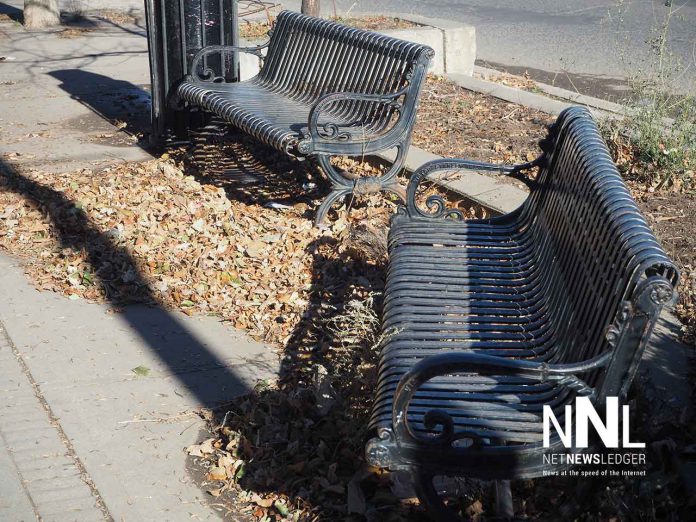The United Nations urged civic leaders to build more liveable urban centres better for public health, society and the environment
By Umberto Bacchi
TBILISI (Thomson Reuters Foundation) – COVID-19 will not spell the end of world cities, which are set to grow further over the next decade, the United Nations said on Saturday, urging civic leaders to use the pandemic as a springboard to build better, more liveable urban centres.
About 60% of the global population is expected to live in cities by 2030, up from 56% today, despite the coronavirus pandemic pushing many to look for a new home outside congested urban centres, the U.N. said in a report.
Yet the virus has inflicted the most harm on marginalised communities and laid bare inequalities that must be addressed if cities are to manage growth fairly, according to U.N. Secretary-General Antonio Guterres.
“The COVID-19 pandemic has exposed deep inequalities,” Guterres said in a foreword to the report, adding that tackling the virus has proven more challenging in areas with substandard housing, uneven access to healthcare and patchy transport links.
“We cannot go back to business as usual. Cities and communities are demanding that those in authority take the opportunity to build back better.”
The relative success of some large metropolises like Seoul, Singapore and Tokyo in managing outbreaks suggested overcrowding, rather than density, enabled the virus to spread, the study said.
Indeed high population density eased delivery of health care and other services, it said, adding compact urban centres were also preferable from an environmental and social perspective.
The C40 network of cities working on climate action advocates for a 15-minute city model, where people can reach their destination within 15 minutes of walking, cycling or using mass transit.
Cities are physically expanding much faster than their population, sucking up land from natural and agricultural areas and contributing to climate change, according to the report by UN-Habitat, the U.N. settlements agency.
Sprawling peripheries often lack adequate transport links, fuelling traffic and pollution and reducing access to work opportunities and public spaces, including parks and green spaces that boost health and wellbeing.
Robin King, a director at the WRI Ross Center For Sustainable Cities think tank, said problems arise when cities are designed only with the wealthy in mind and poor people are confined to unserviced slums.
“Designing, building, and financing cities in a way to provide access to services, including quality housing, for all the people who live in them are essential for density to be liveable,” she told the Thomson Reuters Foundation.
Effective planning to build greener, more compact cities is key to improving the lives of millions, the U.N. report said.
“The COVID-19 pandemic does not signify the end of cities,” UN-Habitat executive director Maimunah Mohd Sharif said in a statement.
“But we have a chance to make this agglomeration process more inclusive, with a clear focus on our collective wellbeing.”
(Reporting by Umberto Bacchi @UmbertoBacchi, Editing by Ros Russell. Credit the Thomson Reuters Foundation)








